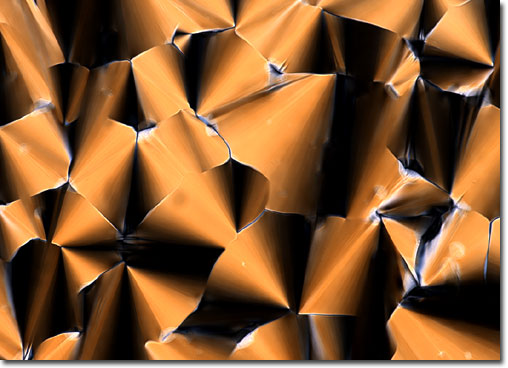|
A single molecule of DNA consists of a long chain composed of two strands. Each strand is composed of smaller chemical units called nucleotides, which each include a sugar molecule (deoxyribose), a phosphate group, and one of four different nitrogen-containing compounds called bases. The bases are comprised of adenine (A), cytosine (C), guanine (G), and thymine (T). Each base is capable of forming hydrogen bonds with only one other base; adenine bonds only with thymine and cytosine will only bond with guanine. The nucleotides are held together by covalent bonds between the sugar of one nucleotide and the phosphate of another, while the hydrogen bonds formed between complementary bases are what hold the two strands of a DNA molecule together. This complementarity is also what enables the replication of DNA, ensuring that identical copies of the molecule can be readily reproduced.
|
